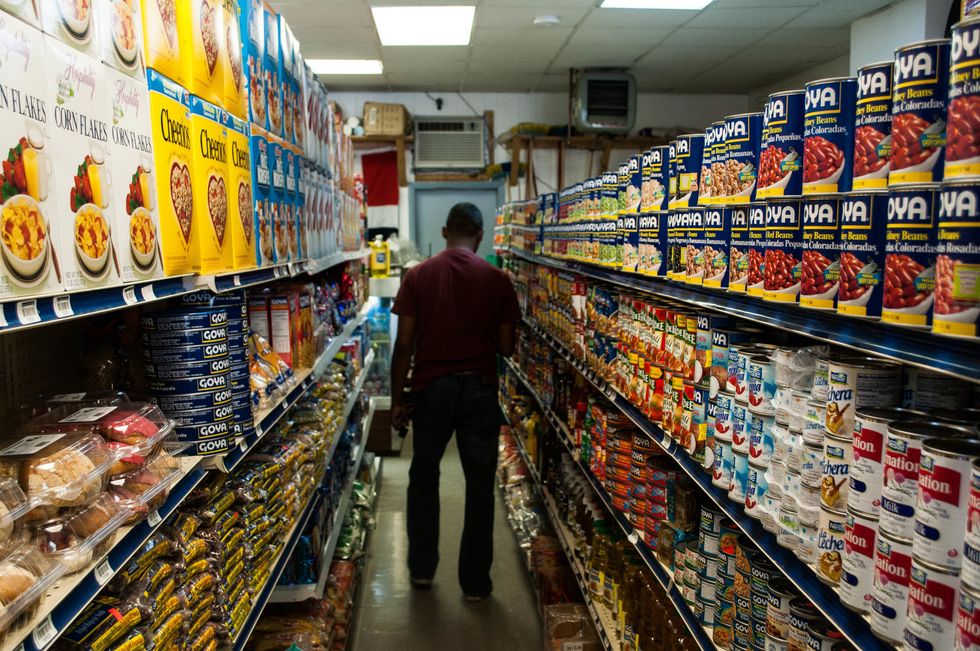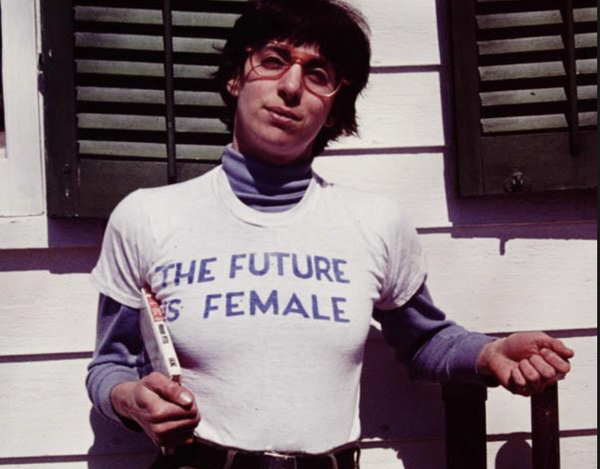Have you ever driven through a small country town, just passing through, and the only thing for miles around is a gas station? Or have you been traveling across the city and as you pass by the low-income part of town, you see only gas stations and convenience stores? Both of these scenarios demonstrate food deserts. "Food deserts" is a term used to describe a geographical area in which it is difficult to buy affordable, good quality food.
What often makes them worse is that these people also don't have access to transportation to get them to places that offer good food. This lack of access creates a plethora of health concerns, such as malnutrition, obesity, and higher rates of cardiovascular or other health diseases. The government hasn't instituted significant reforms to help mitigate this issue, although simple policy reform would do more than enough to help curb the issue. While these policies would be a good first step, the actual issues at hand go much deeper and penetrate deep into the backbone of America's society.
The government sets certain requirements when determining what is a food desert and what isn't. When examining food deserts in Urban areas, the USDA says that 33 percent of residents must reside a mile from a supermarket or a large grocer. For rural areas, this is increased all the way to ten miles. Typical traits of these communities include; low-income, areas with lack of access to transport, communities of color, oversaturation of liquor stores and fast food restaurants, and an overabundance of overly processed foods.
According to the United States Department of Agriculture in 2015, 23.5 million people lived in food deserts and about half were very low income. In fact, according to the same DOA study, 2.3 million people of those people live in low income, rural areas that are 10 miles or more from a supermarket. Low-income zip codes were reported to have 25 percent fewer grocery stores than wealthier zip codes, and 1.3 times as many convenience stores, these zip codes analyzed by race found that areas predominantly occupied by black residents have about half the number of supermarkets as zip codes predominantly occupied by white residents. This issue gets even more shocking; eight percent of blacks live in an area with a supermarket nearby compared to 31 percent of whites.
This issue is a lot more prominent in southern states due to higher levels of poverty, bad eating habits, and just a general lack of food access. The states where it is statistically the worst are North Carolina, Alabama, and Louisiana. In North Carolina, 1.5 million people live in 349 recognized food deserts. In Alabama, every single county has at least one neighborhood is impacted by limited access to fresh foods, and this affects 1.8 million people across the state. And while these changes are passing significant legislation to help mitigate the pervasive issue, it can only do so much. A study by the National Bureau of Economic Research in 2018 found that even when supermarkets and healthy food move into food deserts, the shopping and eating habits of the residents stays the same. This is because those habits are so ingrained in their society that they find it hard to change, which is another issue in and of itself.
This lack of food leads to even more problems. First of all, a student in Illinois did an experiment to see how much a family would spend if they bought whole food goods and made meals at home and if they bought fast food every week. As you could've guessed, if you were to eat out every week it would cost about 87 dollars per person per week, give and take based on location and area but still. In contrast, making healthy homemade meals only cost about 42 dollars per person. In the long run, eating healthier saves more money, but it is bought in a large lump sum rather than spread out throughout the week.
So this lack of access is incredibly regressive and is costing these families more than if they were to eat healthily, and this is money that could be invested elsewhere, like education, or a better home, or a car, or some other form of human capital investment that would help them much more in the long run. So to do these residents have higher rates of obesity, cardiovascular disease, and diabetes. In fact, mapping of food deserts actually does show that a connection between living in a food desert and health-related issues, such as obesity. This brings astronomical healthcare costs on to already low-income residents and limits their investment in other important areas, such as education.
Some states, like the three mentioned earlier, have all started to make legislative progress in this area. In Alabama, the governor signed a Healthy Food Financing Act giving incentives to realtors and grocers into expanding into food deserts. In Louisiana, they are working on funding the Food Retail Act which is working on moving farmers markets and grocers into needy areas. In North Carolina, lawmakers are working on an initiative to give grants to store owners operating in areas deemed food deserts. These are good steps, but don't go far enough. There have been about 400 million dollars of federal spending to help the issue and give tax credits, but I believe that this should be expanded. A bigger federal tax credit for business owners that choose to expand into federally defined food deserts would be a reasonable next step. Local and state initiatives should be implemented to improve the eating habits of people living in food deserts as well, to avoid them falling back into similar habits.
This issue of people not eating healthy enough can only truly be remedied by better education and more income. A recent study done by economists at New York University, Stanford University, and the University of Chicago found more evidence to support the idea that income and education levels are more to blame for the poor eating habits rather than their geographical area. However, this is a much more complex issue that requires much more deep policy reforms, such as a change in our education spending and the way we hire teachers, programs better designed to help the poor climb out of poverty, and a change in transportation policy. This, however, will take a while, so to help with the problem now, the tax credit should be expanded and more efforts should be made to help the eating habits of those in poverty. These will give them options and also supply jobs to these areas that weren't otherwise there, hitting two issues with one (metaphorical) stone.


















